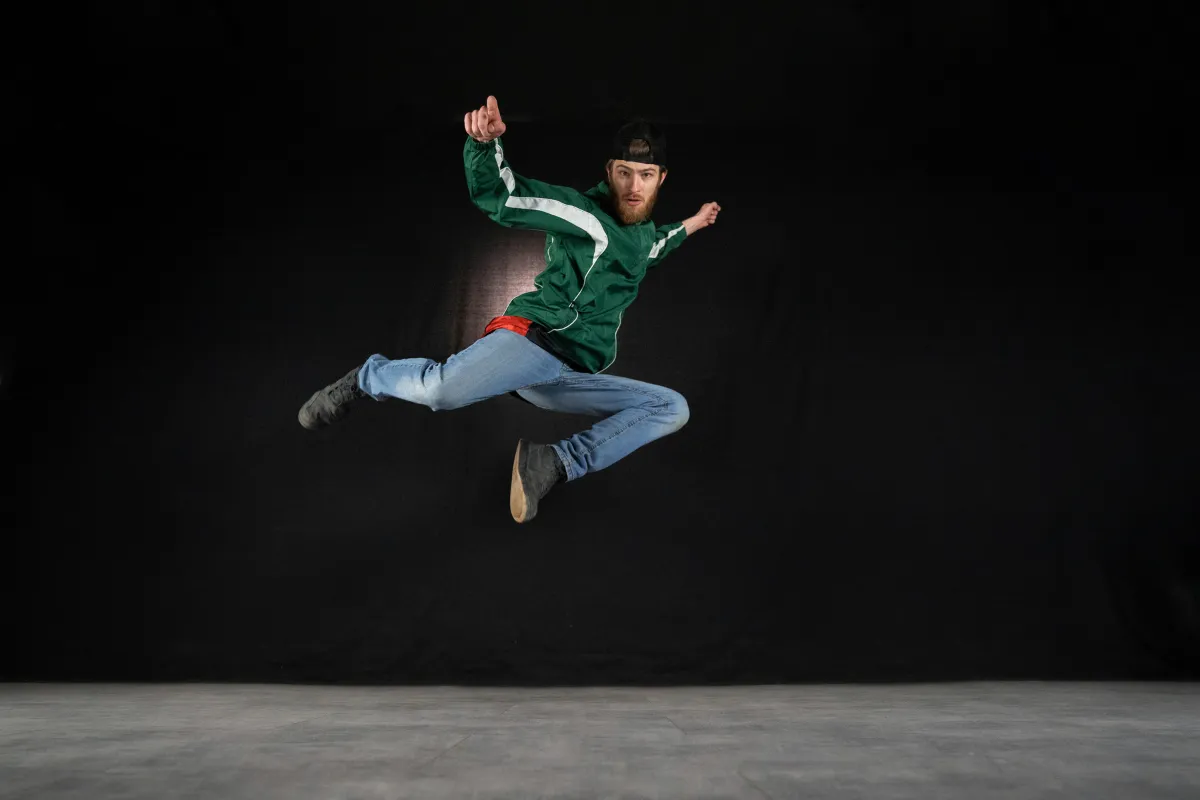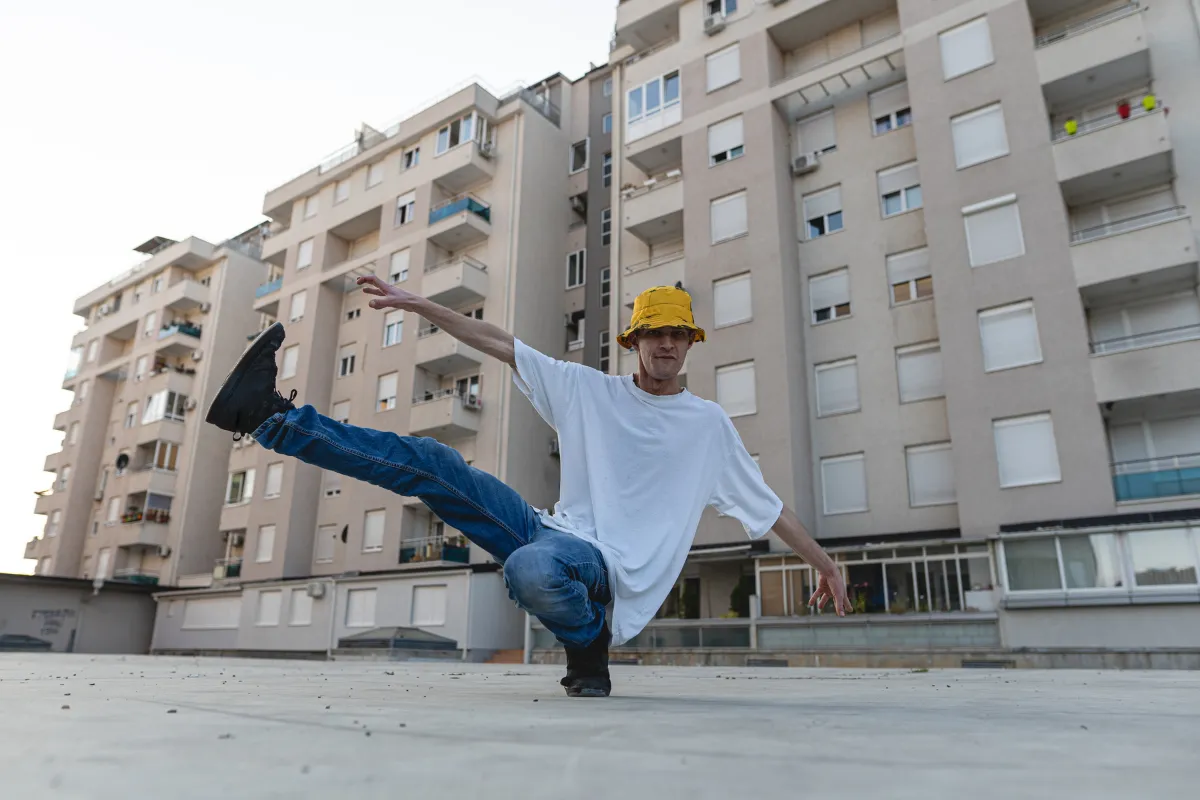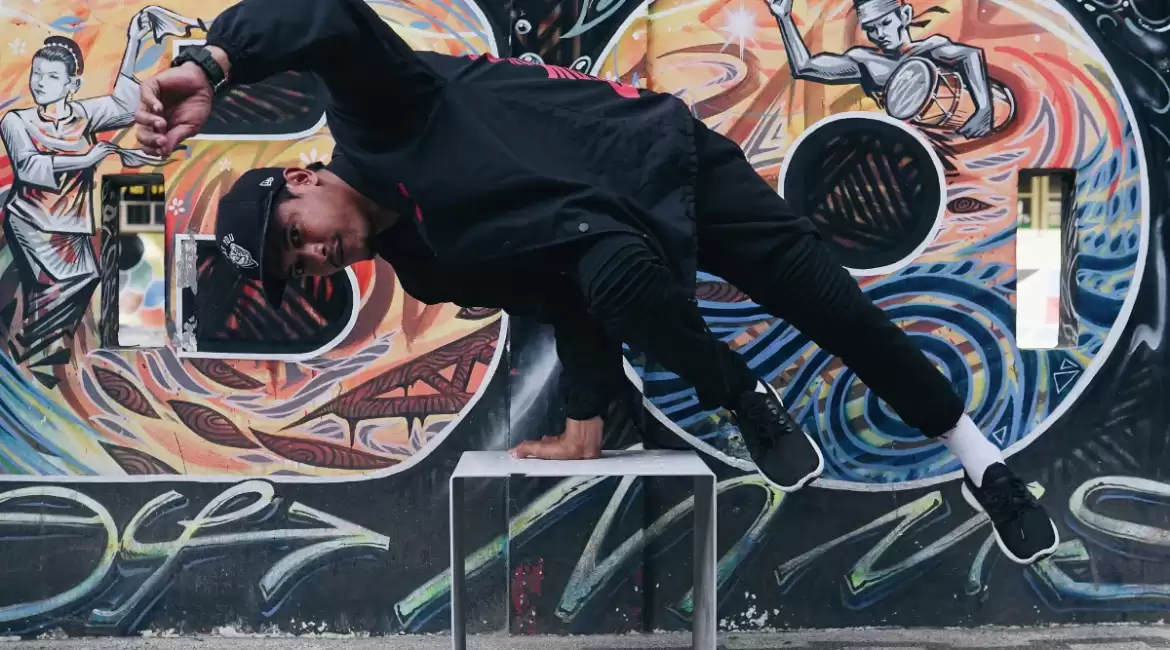Creating choreography is an art that requires immense creativity, energy, and passion. However, just like any creative field, choreographers often hit blocks where it feels challenging to generate new ideas or create captivating pieces. Whether you’re a teacher, director, or performer, you understand that producing high-quality and original choreography consistently is not easy. The pressure to keep coming up with innovative moves can be mentally draining. Luckily, there are practical ways to keep your creative juices flowing. Below are four strategies choreographers can use to stay motivated and inspired, ensuring that their passion for dance remains strong.
Dive into Dance Videos and Explore Online Content
With the vast online platforms like YouTube, Instagram, and TikTok, choreographers have a treasure trove of dance content at their fingertips. If you’re feeling stuck, sometimes all you need to do is immerse yourself in the endless world of dance videos online. Watching other choreographers’ work from all over the globe can serve as a rich source of inspiration.
Search for popular dance studios like “Urban Dance Camp” or “En Dance Studio” and get lost in their captivating routines. Watch how other dancers interpret music and explore unique movements. The key here is not to copy but to expand your movement vocabulary by exposing yourself to new and diverse styles.
As you watch these videos, don’t just focus on the technical skills but also take note of the storytelling and the creative choices made by other choreographers. Absorbing different approaches will help you break free from your usual patterns and open up new avenues for exploration.
Pro Tip: Try watching choreography from different cultures and styles you aren’t familiar with. It might push your creativity in unexpected directions.

Shuffle Your Music Playlist for Fresh Inspiration
Music is an essential component of choreography. The right song can evoke emotions, set the tone, and inspire movement. However, if you constantly work with the same genres or playlists, you may find yourself stuck in a creative rut. To avoid this, refresh your music choices by shuffling your playlist or diving into new genres.
Explore different music streaming platforms like Spotify, SoundCloud, or Pandora, and venture into genres you haven’t tried before. If you typically choreograph to hip-hop, try jazz, classical, or even world music. Listening to unfamiliar music will spark fresh ideas and provide new rhythms or beats to play with.
Also, don’t be afraid to experiment with music that contrasts your usual style. Freestyling to an unexpected track can ignite creativity and inspire you to explore movements you never would have considered. Often, stepping out of your musical comfort zone leads to the most exciting and original pieces.
Pro Tip: Create a playlist of songs that evoke different moods and vibes. When you’re stuck, hit shuffle and let the music guide you in new directions.
Draw Inspiration from Popular Culture
The world around you is bursting with creative inspiration. Dance is not an isolated art form; it’s influenced by culture, fashion, movies, and even books. When you’re feeling stuck in your choreography, look beyond the dance world and dive into pop culture.
Movies, TV shows, and music videos often have rich visual elements that can spark new ideas for your choreography. Consider how certain films use movement, space, or even costumes to convey emotions and tell stories. For example, take inspiration from iconic moments like Lady Gaga’s avant-garde performances or the simple yet funky choreography in Bruno Mars’ “Uptown Funk” video. Both artists use bold, confident moves that mirror their personalities and the mood of their songs.
Similarly, literature can also provide inspiration. Reading a memoir, novel, or poetry collection can open up new perspectives and emotions that you can translate into your choreography. Writers like Tina Fey remind us to embrace our uniqueness and to be unapologetically ourselves in our art. This lesson applies directly to choreography—be authentic in your movements, and don’t worry about what others think.
By looking outward to different forms of media and culture, you can refresh your creative well and find new ways to approach your work.
Pro Tip: Revisit your favorite movies, books, or music videos and focus on how they make you feel. Use those feelings to fuel your next choreography.
Connect with Your Emotions and Express Yourself
Choreography is not just about creating a series of moves; it’s about telling a story, evoking emotions, and expressing who you are as an artist. When you’re feeling uninspired, it may be time to turn inward and tap into your own emotions and experiences.
Take a moment to reflect on your current state of mind. What are you feeling? What challenges are you facing? Whether it’s personal struggles, career frustrations, or moments of joy, these emotions can serve as powerful sources of inspiration. Allow yourself to be vulnerable and use your choreography as a way to express your inner world.
Self-reflection doesn’t have to be a grand process. It could be as simple as taking a walk, journaling your thoughts, or talking to a friend. By becoming more self-aware and in tune with your emotions, you can create choreography that feels genuine and meaningful. The more honest you are with yourself, the more your movements will resonate with both you and your audience.
Pro Tip: Start by setting aside time each day for self-reflection. Use those reflections to fuel your next piece, focusing on authenticity and emotional connection.

Push Beyond Your Comfort Zone
Staying inspired also means pushing yourself beyond your usual limits. Growth doesn’t happen in your comfort zone, so take this opportunity to challenge yourself in new ways. Try working with dancers or collaborators from different backgrounds. Experiment with new styles, techniques, or even different performance settings.
Choreographers often fall into patterns, repeating movements they feel comfortable with. But to keep growing, you need to intentionally break those habits and force yourself to explore the unknown. Whether it’s trying out a new genre of dance, working with props, or exploring unconventional music choices, stepping into unfamiliar territory will keep your choreography fresh and exciting.
Pro Tip: Challenge yourself with a creative exercise. For example, try choreographing to a song you’ve never heard before, or use a prop you’ve never worked with in your routine.
Collaborate with Other Artists
One of the best ways to stay inspired is by working with other creatives. Collaboration fosters the exchange of ideas, techniques, and perspectives that can revitalize your creative energy. Whether you’re working with other dancers, musicians, or visual artists, bringing in new voices will push you to think differently about your choreography.
In collaboration, you’ll also be exposed to different working styles and approaches. This can spark new ways of thinking and freshen up your usual creative process. Additionally, collaborating with artists from other disciplines, such as filmmakers or costume designers, can lead to exciting new dimensions in your choreography.
Pro Tip: If you don’t have collaborators nearby, connect with artists online through social media or virtual workshops.
Embrace Failure and Learn from It
Lastly, remember that not every piece of choreography will be perfect—and that’s okay. Failure is a natural part of the creative process. Instead of being discouraged by a choreography that doesn’t turn out as planned, embrace it as a learning experience.
Each failure teaches you something new, whether it’s about the limitations of a particular movement or the way you interpret a piece of music. Over time, these lessons will make you a better and more resilient choreographer.
The important thing is to keep creating, even when you feel stuck or uninspired. Don’t be afraid to try new things, make mistakes, and learn from them.
Pro Tip: Keep a journal of your creative process, noting both successes and failures. Reviewing this can help you track your growth and provide insights into future projects.
Conclusion
Choreography is both an art and a discipline, requiring continuous inspiration and creativity. By watching dance videos, shuffling your music playlist, drawing from pop culture, and tapping into your emotions, you can keep your creative well full. Additionally, pushing beyond your comfort zone, collaborating with others, and learning from failure are essential to maintaining long-term inspiration. Ultimately, the key to staying inspired as a choreographer is to remain curious, open-minded, and willing to explore new possibilities both within and outside the dance world.


Leave a reply